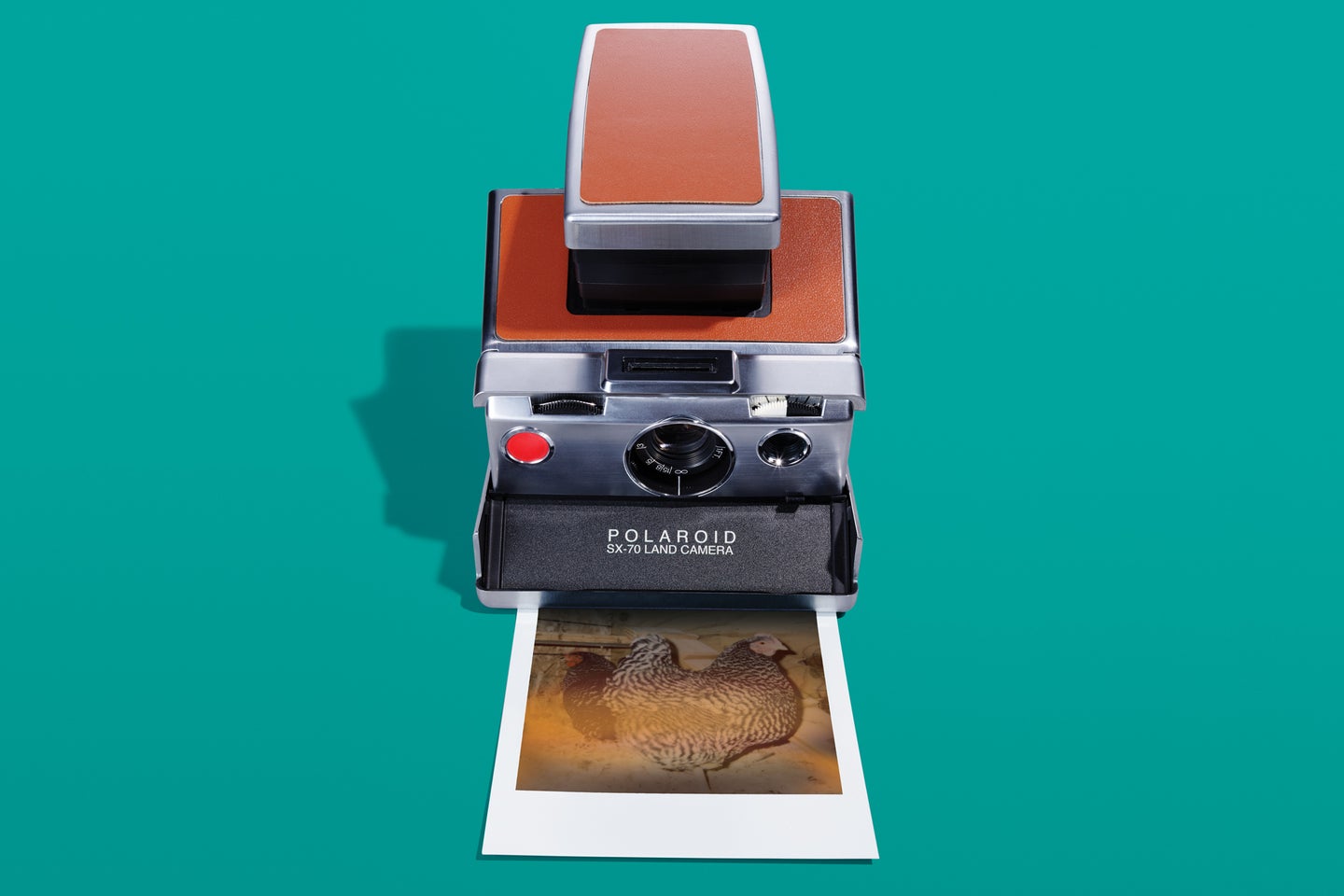Polaroid photos still work on old-school chemicals and engineering
Don’t shake it, shake it, shake it, shake it.

We may earn revenue from the products available on this page and participate in affiliate programs. Learn more ›
In the 1970s, Polaroid made instant photography irresistibly simple: Press one button to capture and print a cherished memory (or questionable decision). To this day, the Polaroid Originals company relies on the same dual-layer film, chemicals, and clever engineering as those early cameras did to develop each square. This is how shots come about—no shaking necessary.
- Press the shutter button to expose the top film square in an eight-count pack. A photo-sensitive coating on the sheet’s bottom layer captures the image.
- Rollers squeeze open a pod of chemicals and disperse them between the film’s two layers as it ejects, developing the negative version of the picture.
- The resulting reaction activates dye on the negative and transports it to the clear surface on the top section of your print, producing the final image you see.
This story appeared in the Spring 2020, Origins issue of Popular Science.
